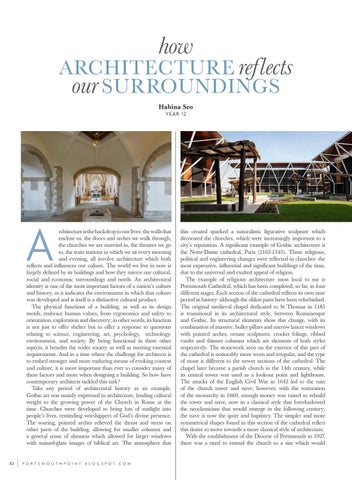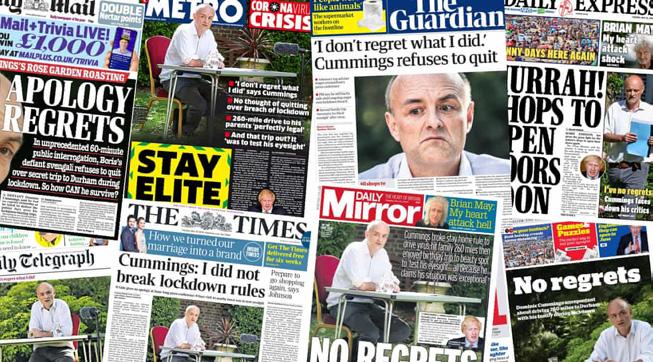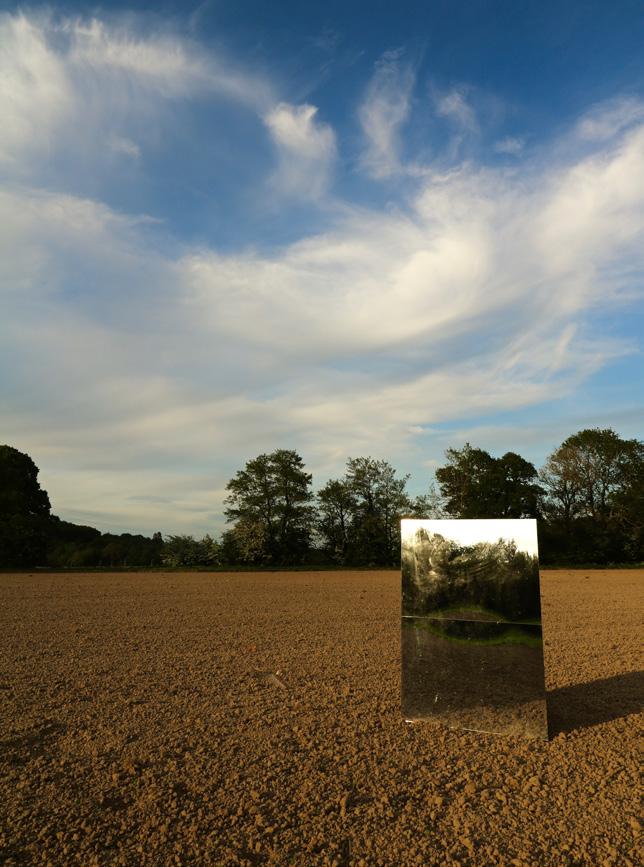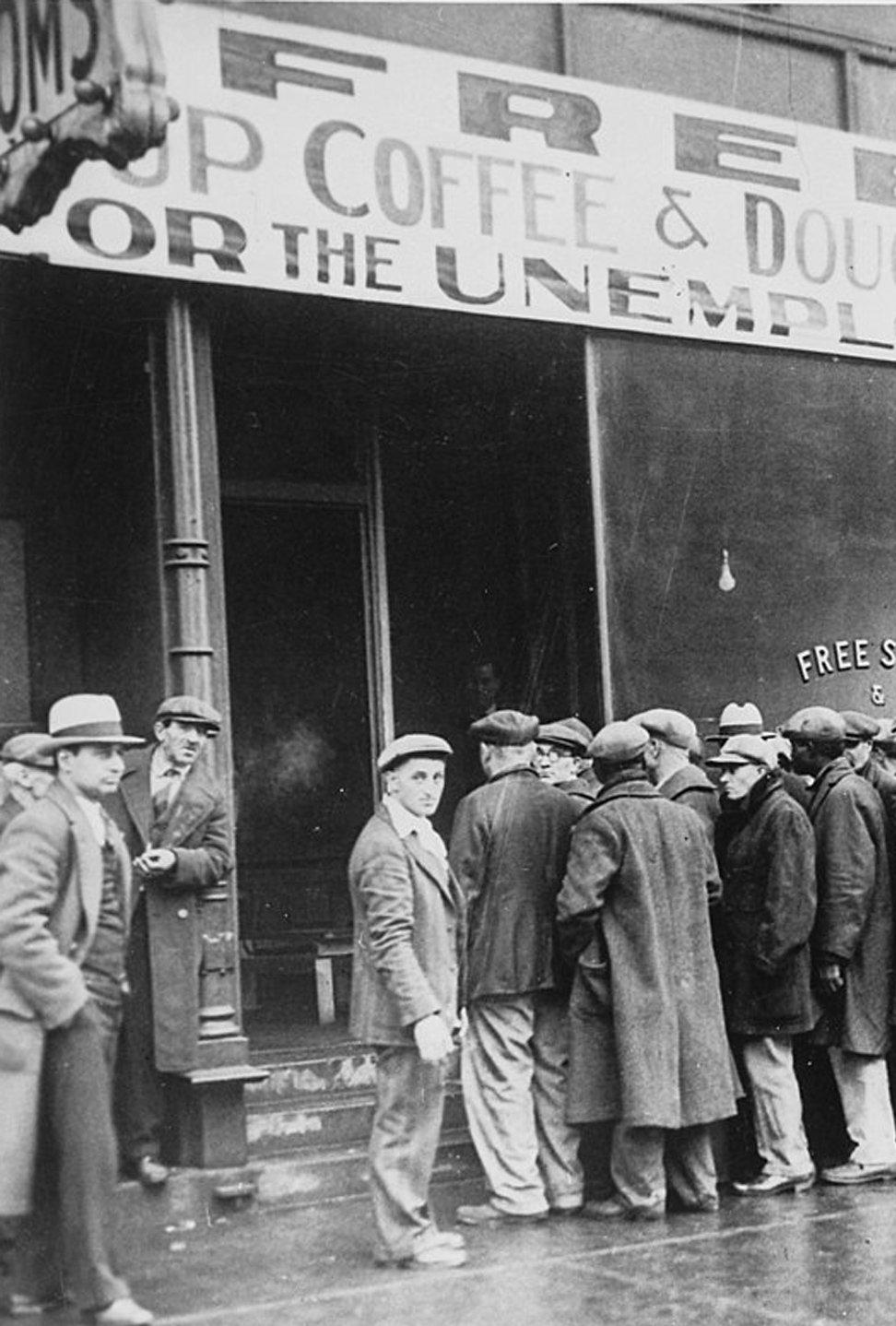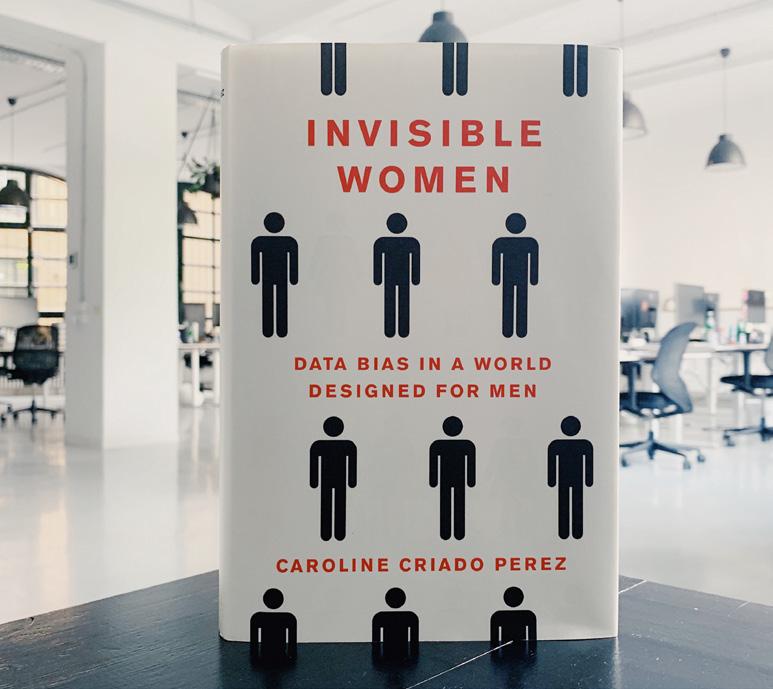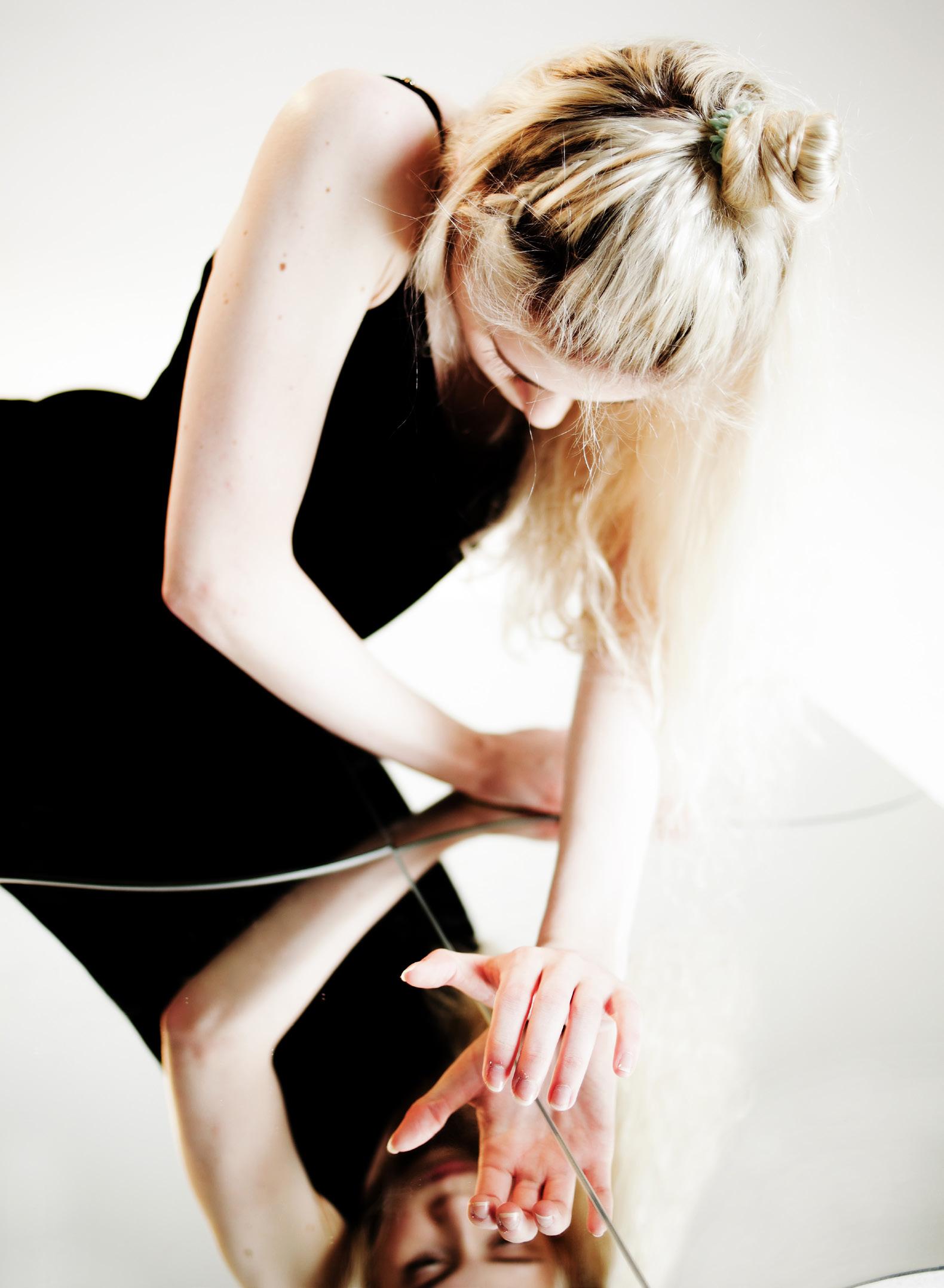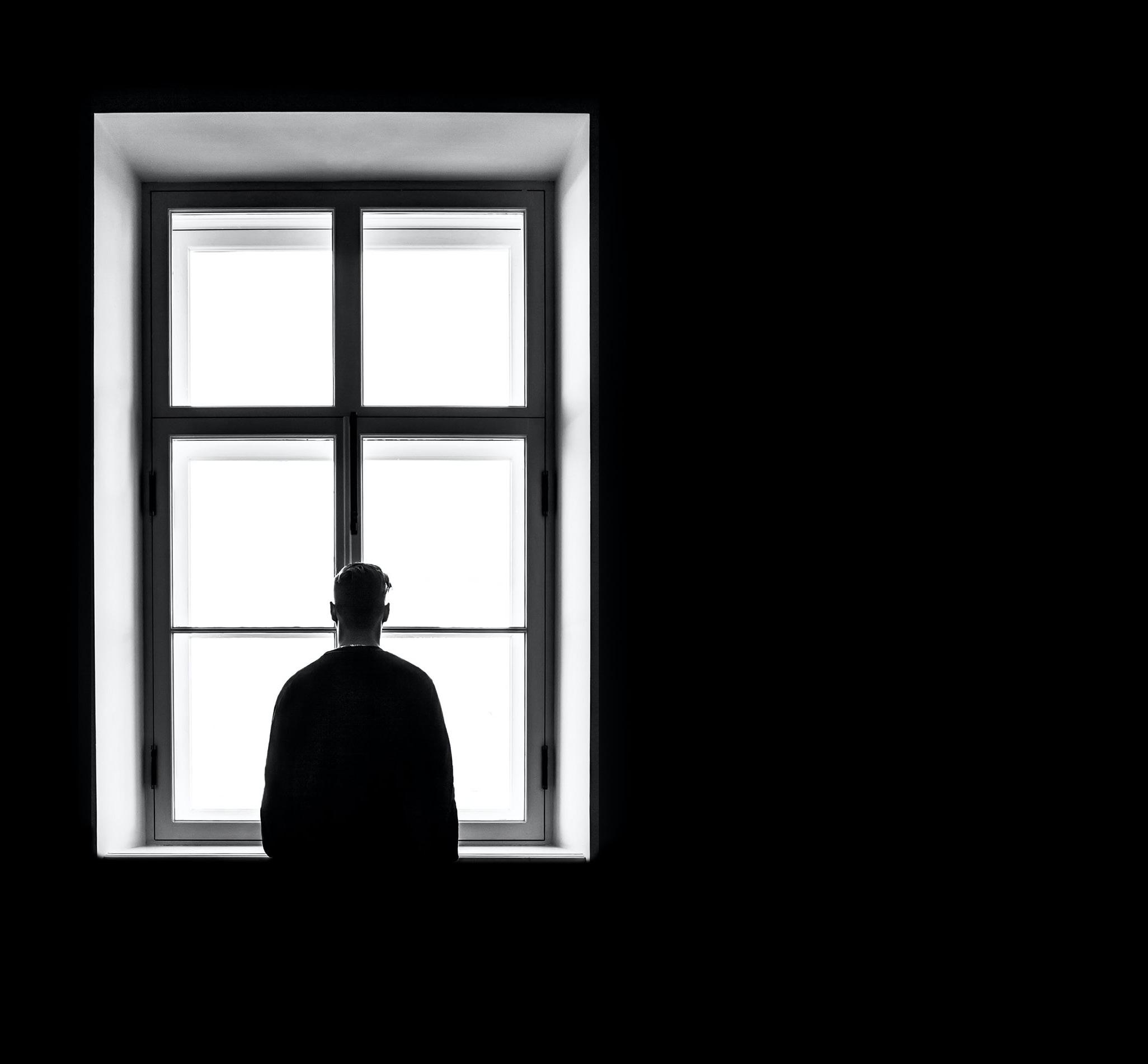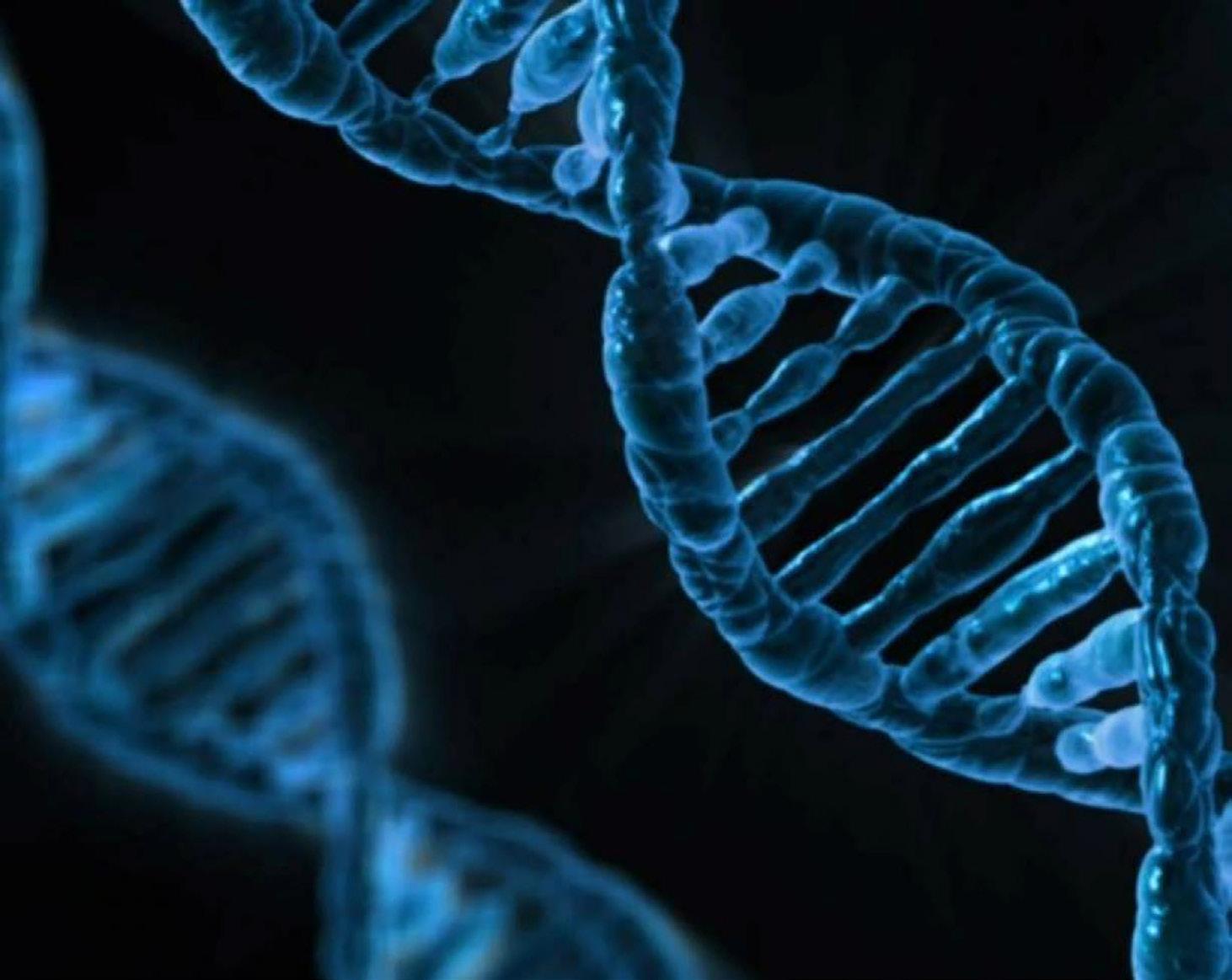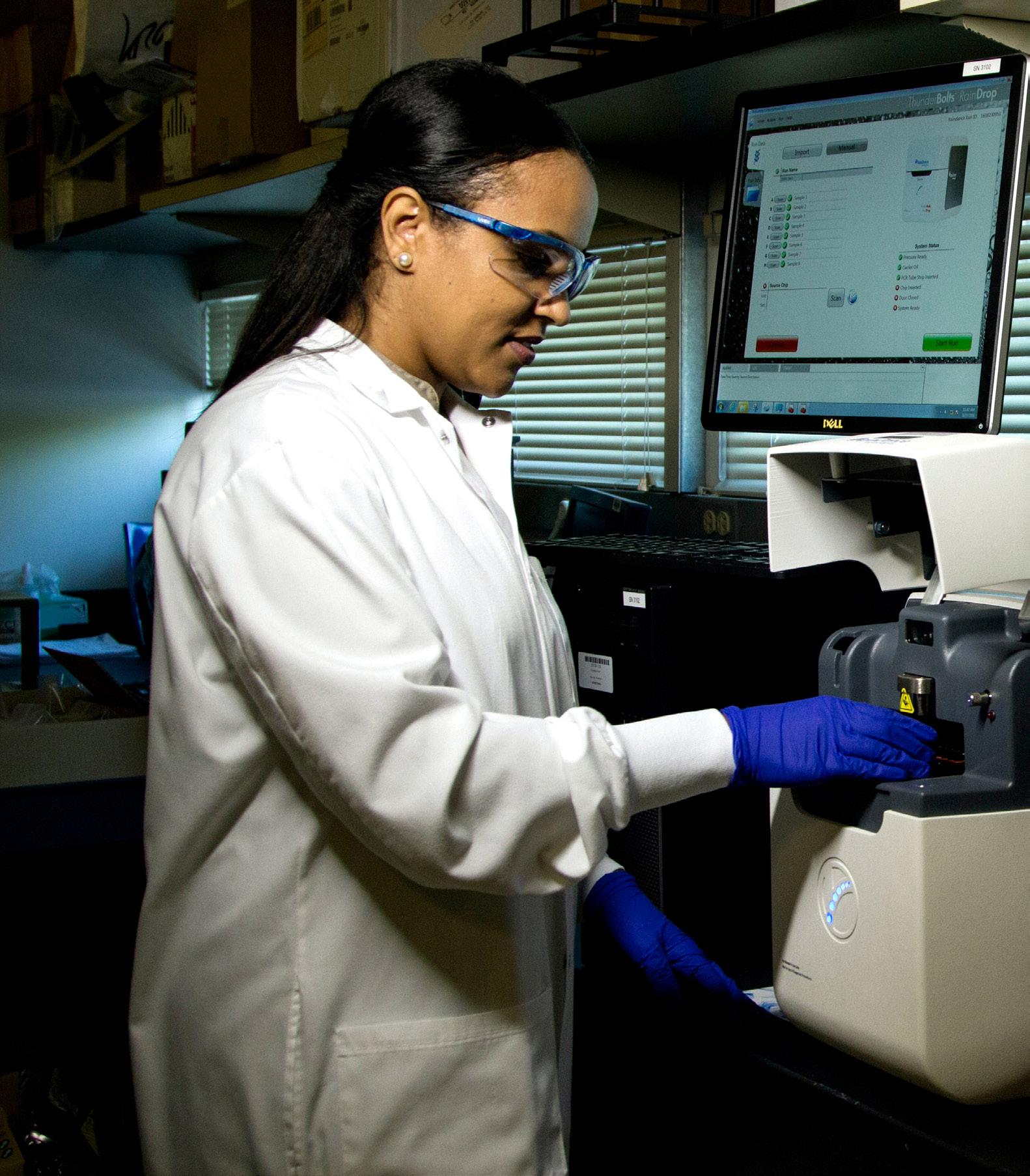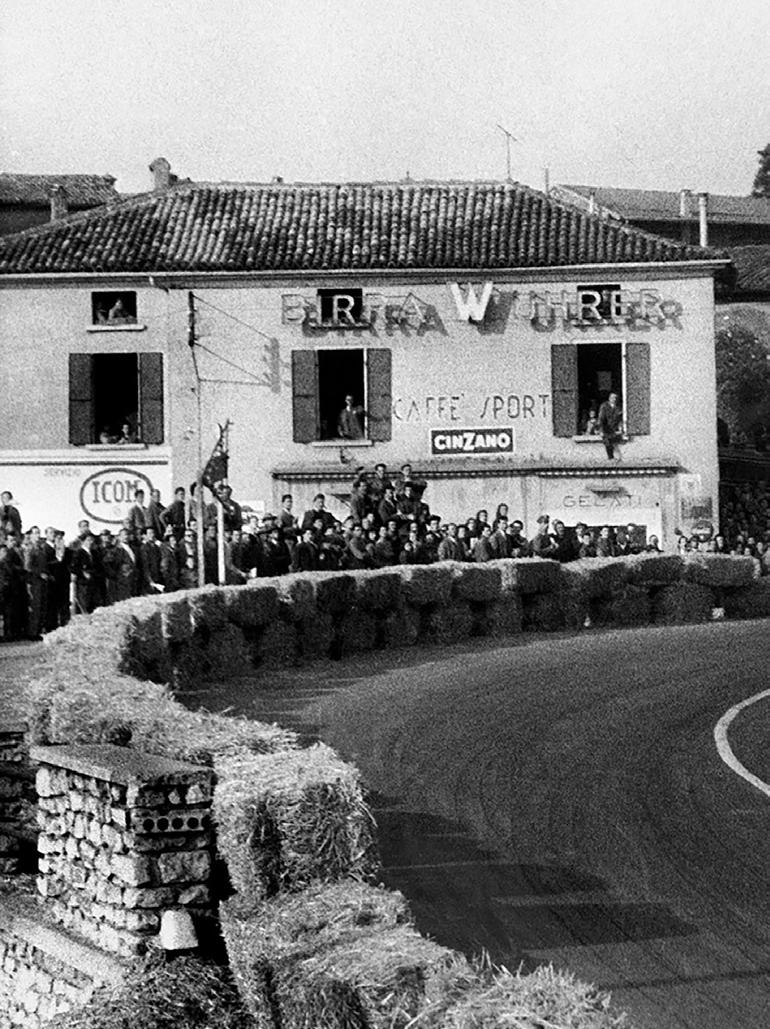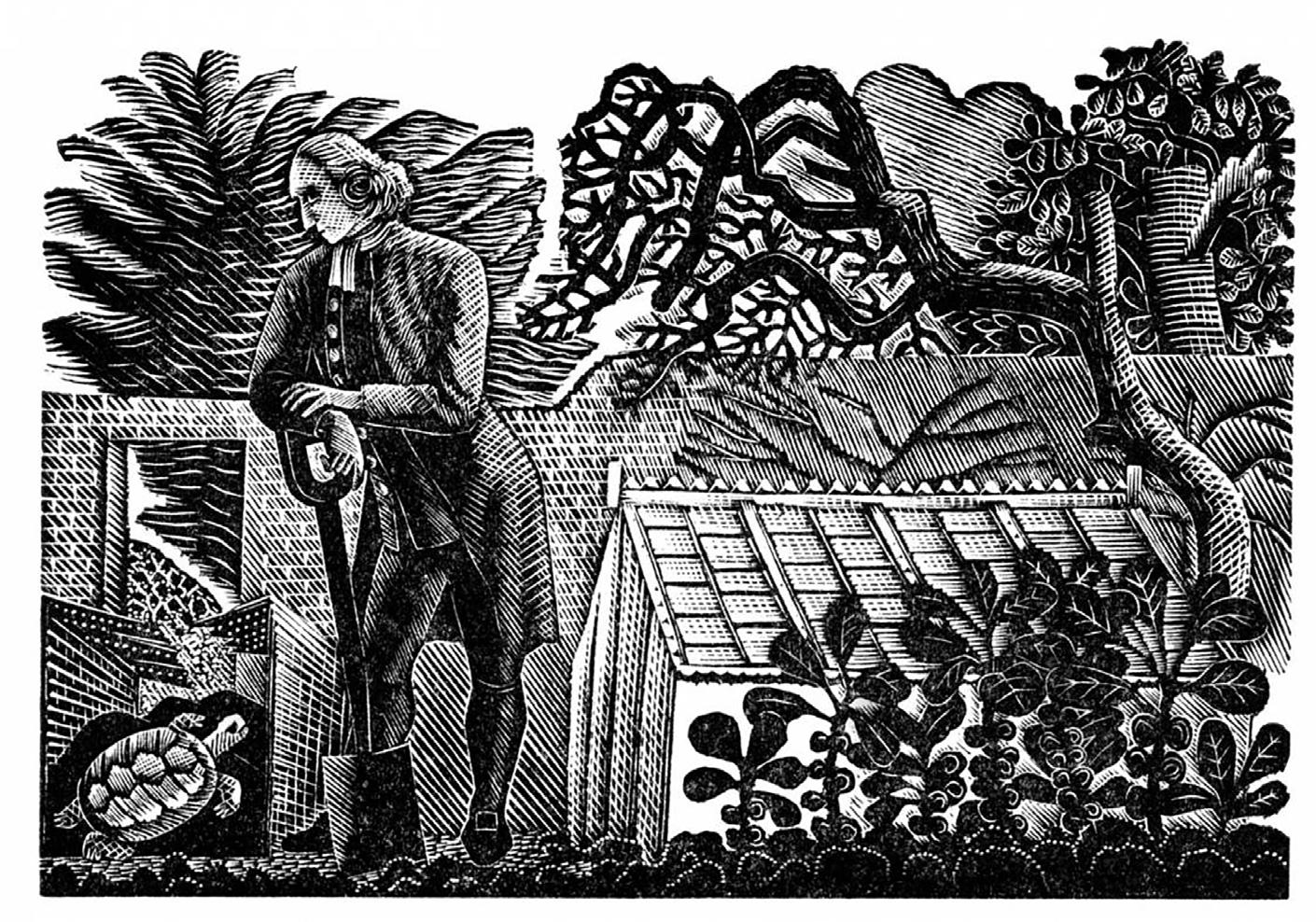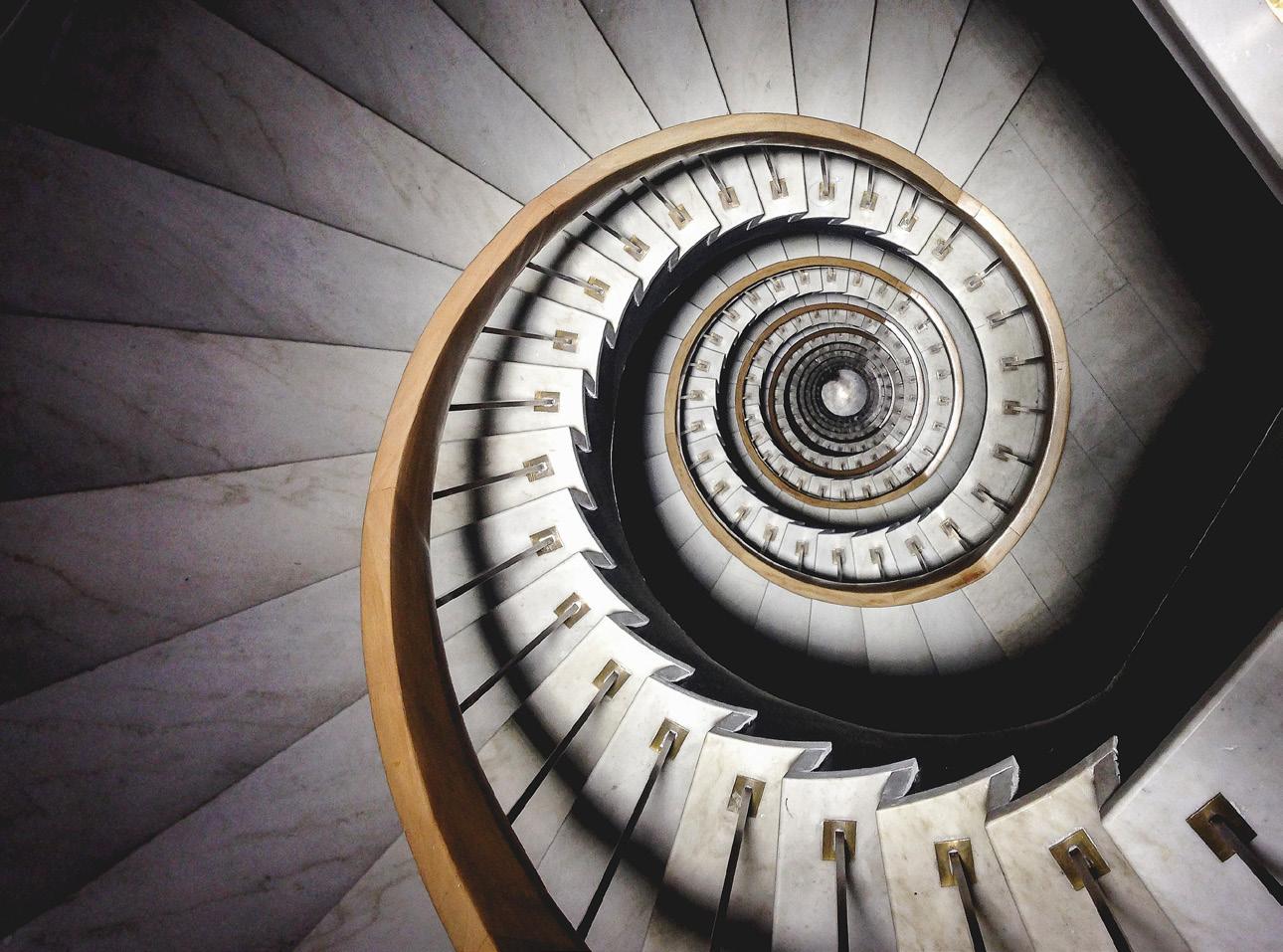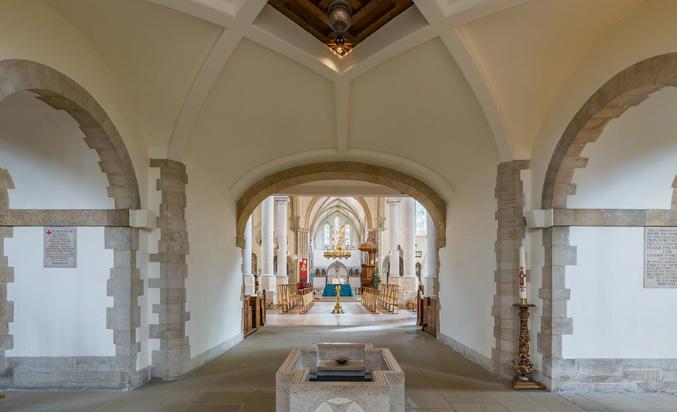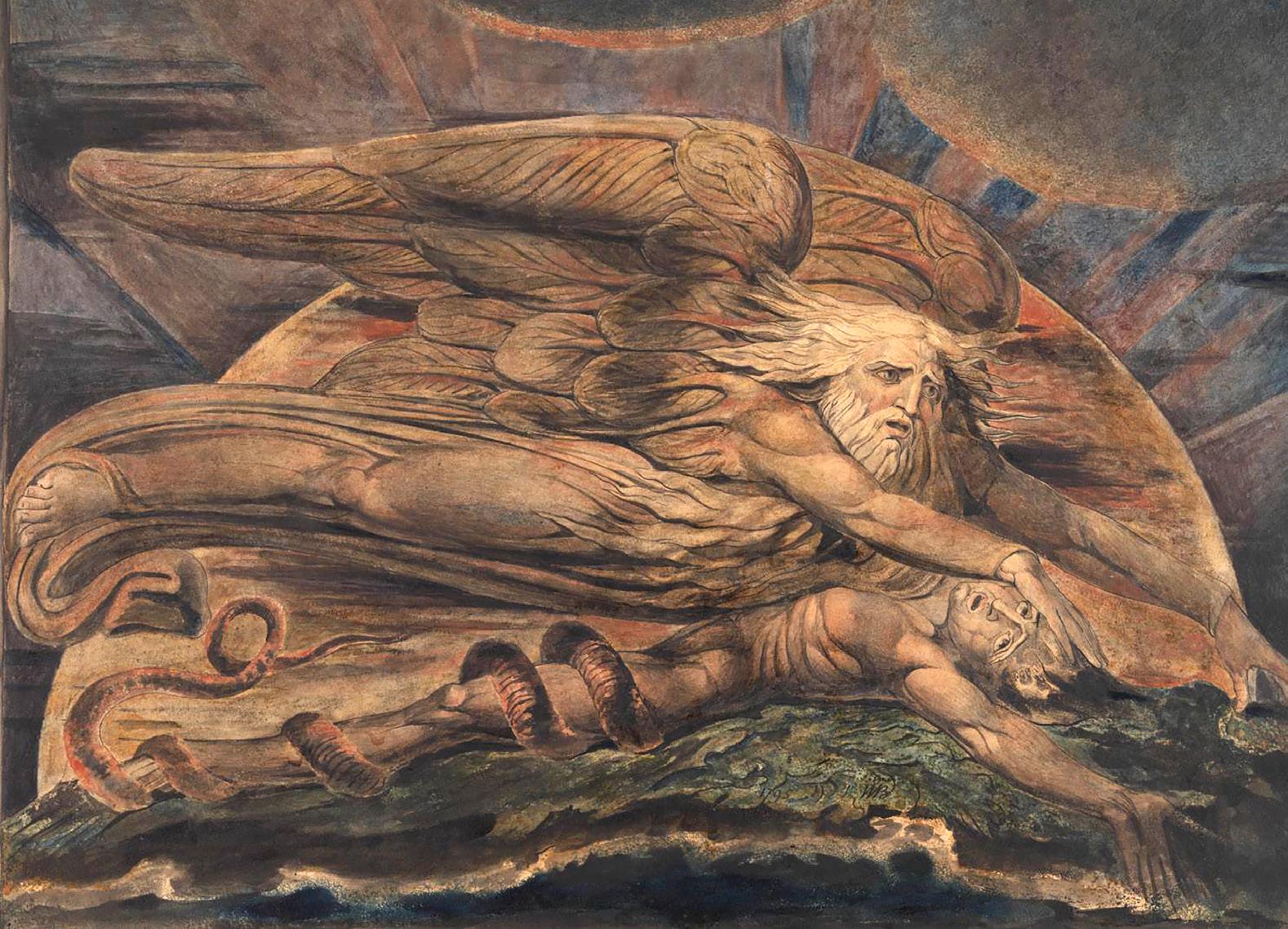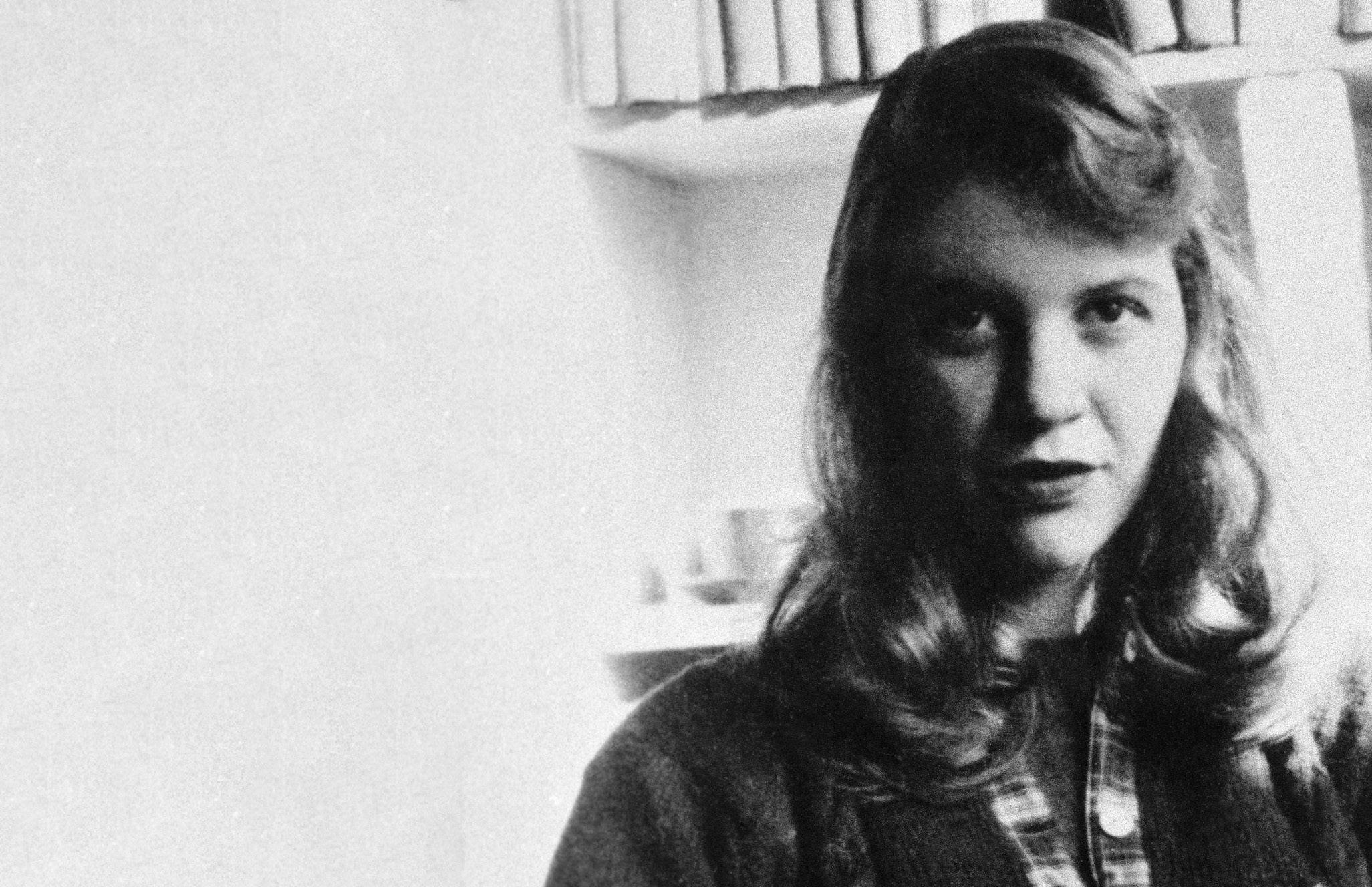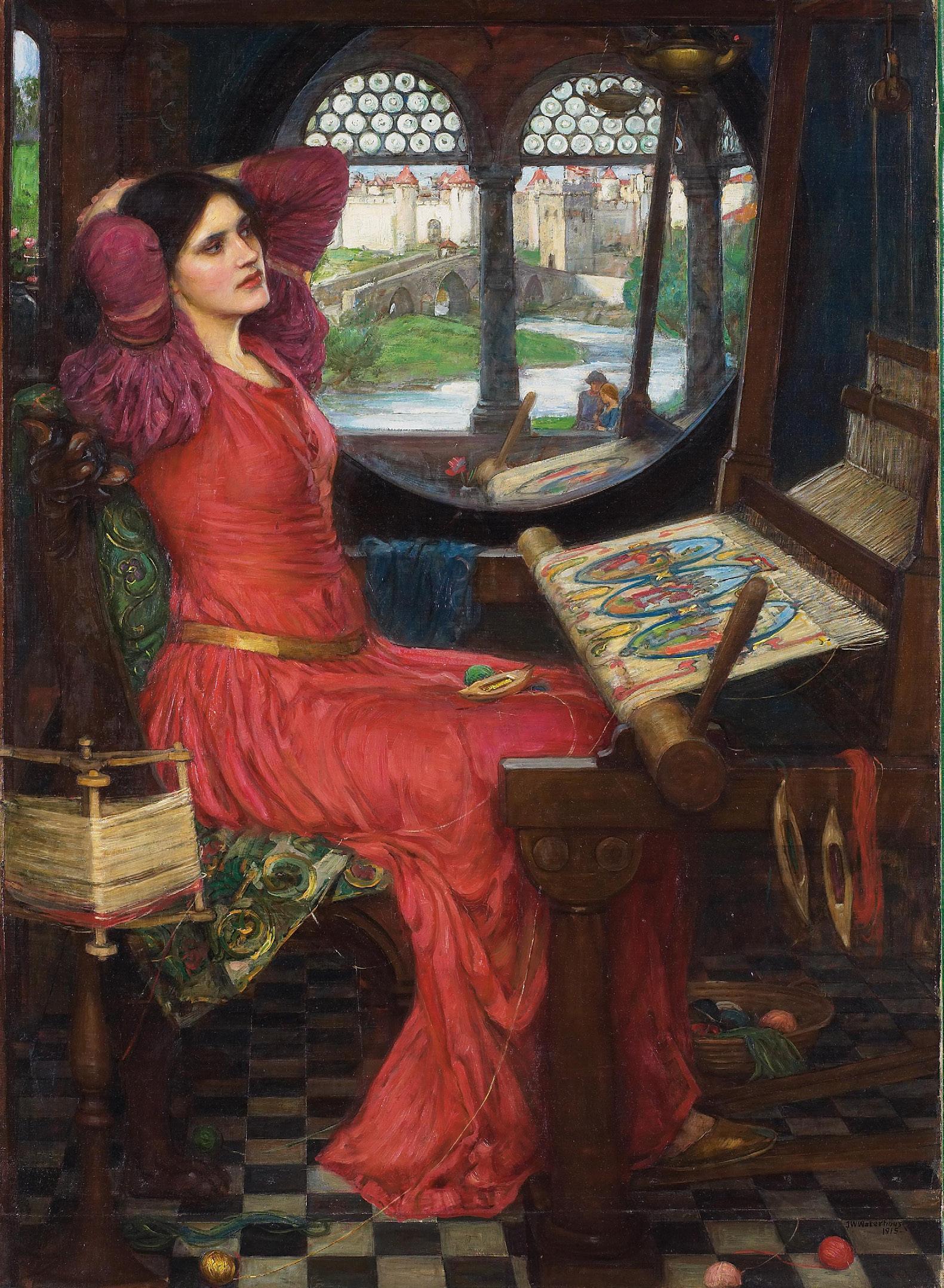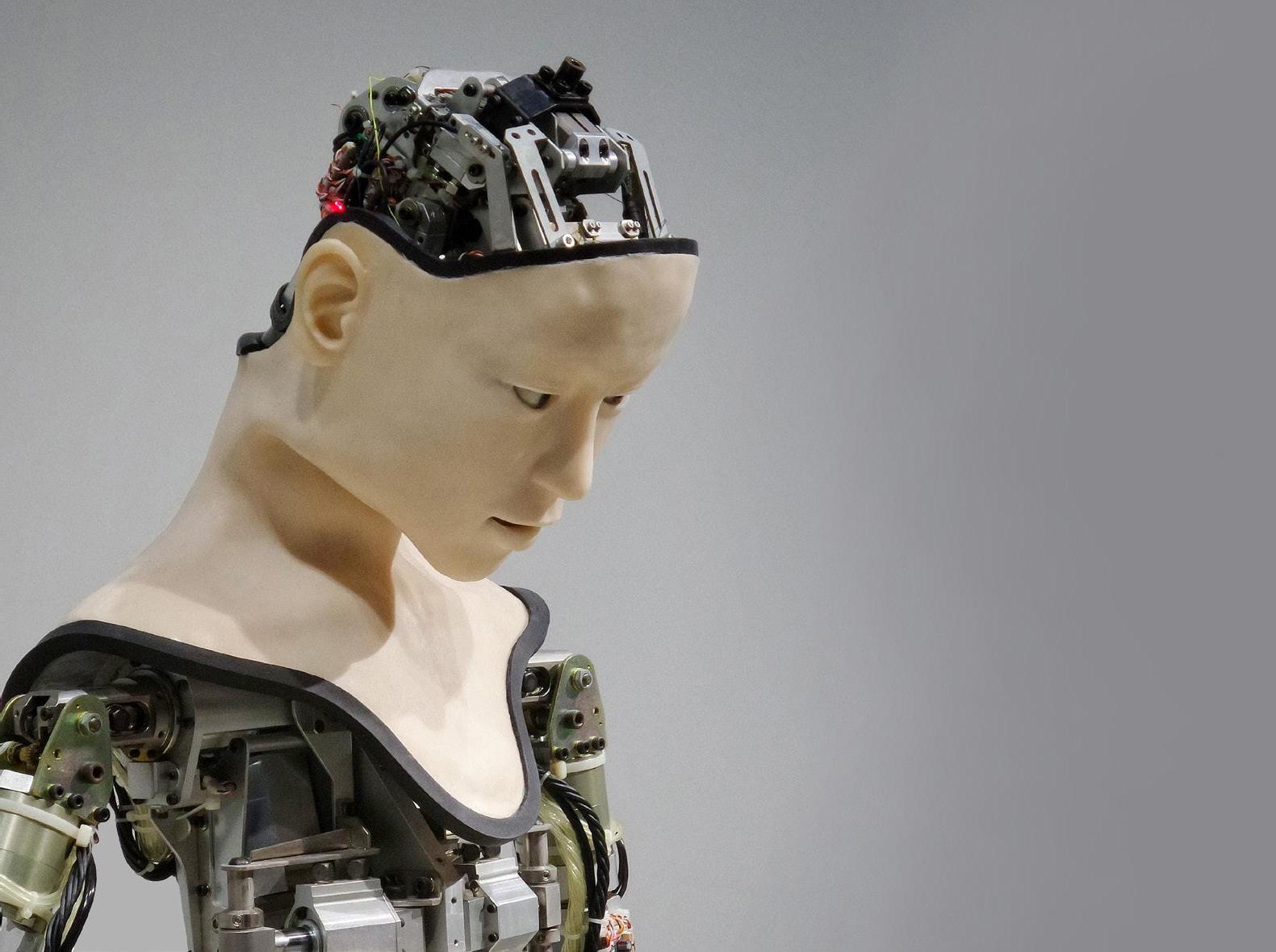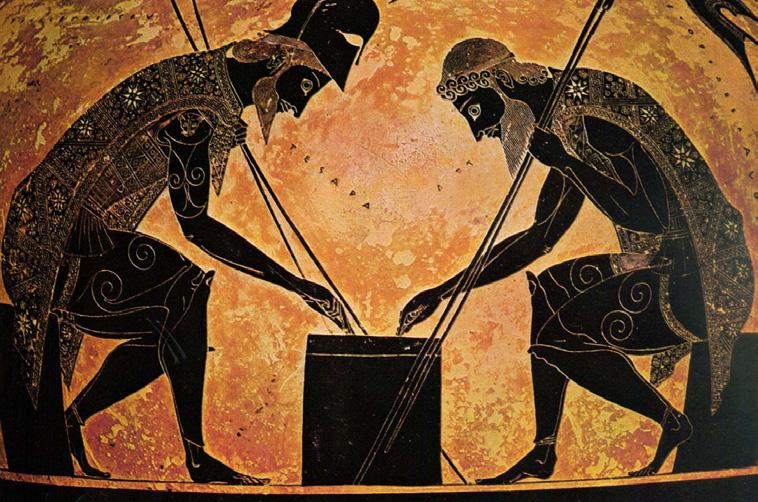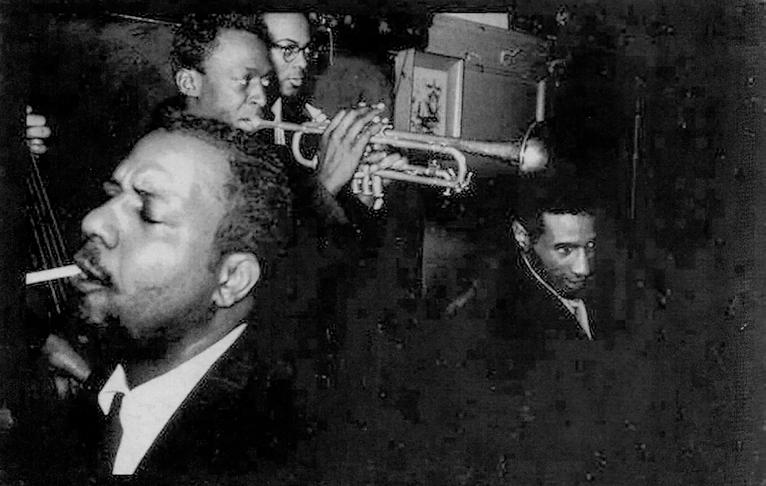how
ARCHITECTURE reflects our SURROUNDINGS Habina Seo YE AR 12
A
rchitecture is the backdrop to our lives: the walls that enclose us, the doors and arches we walk through, the churches we are married in, the theatres we go to, the train stations in which we sit every morning and evening, all involve architecture which both reflects and influences our culture. The world we live in now is largely defined by its buildings and how they mirror our cultural, social and economic surroundings and needs. An architectural identity is one of the most important factors of a nation’s culture and history, as it indicates the environment in which that culture was developed and is itself is a distinctive cultural product. The physical functions of a building, as well as its design motifs, embrace human values, from ergonomics and safety to orientation, exploration and discovery; in other words, its function is not just to offer shelter but to offer a response to questions relating to science, engineering, art, psychology, technology, environment, and society. By being functional in these other aspects, it benefits the wider society as well as meeting essential requirements. And in a time where the challenge for architects is to embed stronger and more enduring means of evoking context and culture, it is more important than ever to consider many of these factors and more when designing a building. So how have contemporary architects tackled this task? Take any period of architectural history as an example. Gothic art was mainly expressed in architecture, lending cultural weight to the growing power of the Church in Rome at the time. Churches were developed to bring lots of sunlight into people’s lives, reminding worshippers of God’s divine presence. The soaring, pointed arches relieved the thrust and stress on other parts of the building, allowing for smaller columns and a general sense of slimness which allowed for larger windows with stained-glass images of biblical art. The atmosphere that
42
P O RT S M O U T H P O I N T. B LO G S P OT.CO M
this created sparked a naturalistic figurative sculpture which decorated the churches, which were increasingly important to a city’s reputation. A significant example of Gothic architecture is the Notre-Dame cathedral, Paris (1163-1345). These religious, political and engineering changes were reflected in churches- the most expressive, influential and significant buildings of the time, due to the universal and exalted appeal of religion. The example of religious architecture most local to me is Portsmouth Cathedral, which has been completed, so far, in four different stages. Each section of the cathedral reflects its own time period in history- although the oldest parts have been refurbished. The original medieval chapel dedicated to St Thomas in 1185 is transitional in its architectural style, between Romanesque and Gothic. Its structural elements show this change, with its combination of massive, bulky pillars and narrow lancet windows with pointed arches, ornate sculptures, crocket foliage, ribbed vaults and thinner columns which are elements of both styles respectively. The stonework seen on the exterior of this part of the cathedral is noticeably more worn and irregular, and the type of stone is different to the newer sections of the cathedral. The chapel later became a parish church in the 14th century, while its central tower was used as a lookout point and lighthouse. The attacks of the English Civil War in 1642 led to the ruin of the church tower and nave; however, with the restoration of the monarchy in 1660, enough money was raised to rebuild the tower and nave, now in a classical style that foreshadowed the neoclassicism that would emerge in the following century; the nave is now the quire and baptistry. The simpler and more symmetrical shapes found in this section of the cathedral reflect this desire to move towards a more classical style of architecture. With the establishment of the Diocese of Portsmouth in 1927, there was a need to extend the church to a size which would
